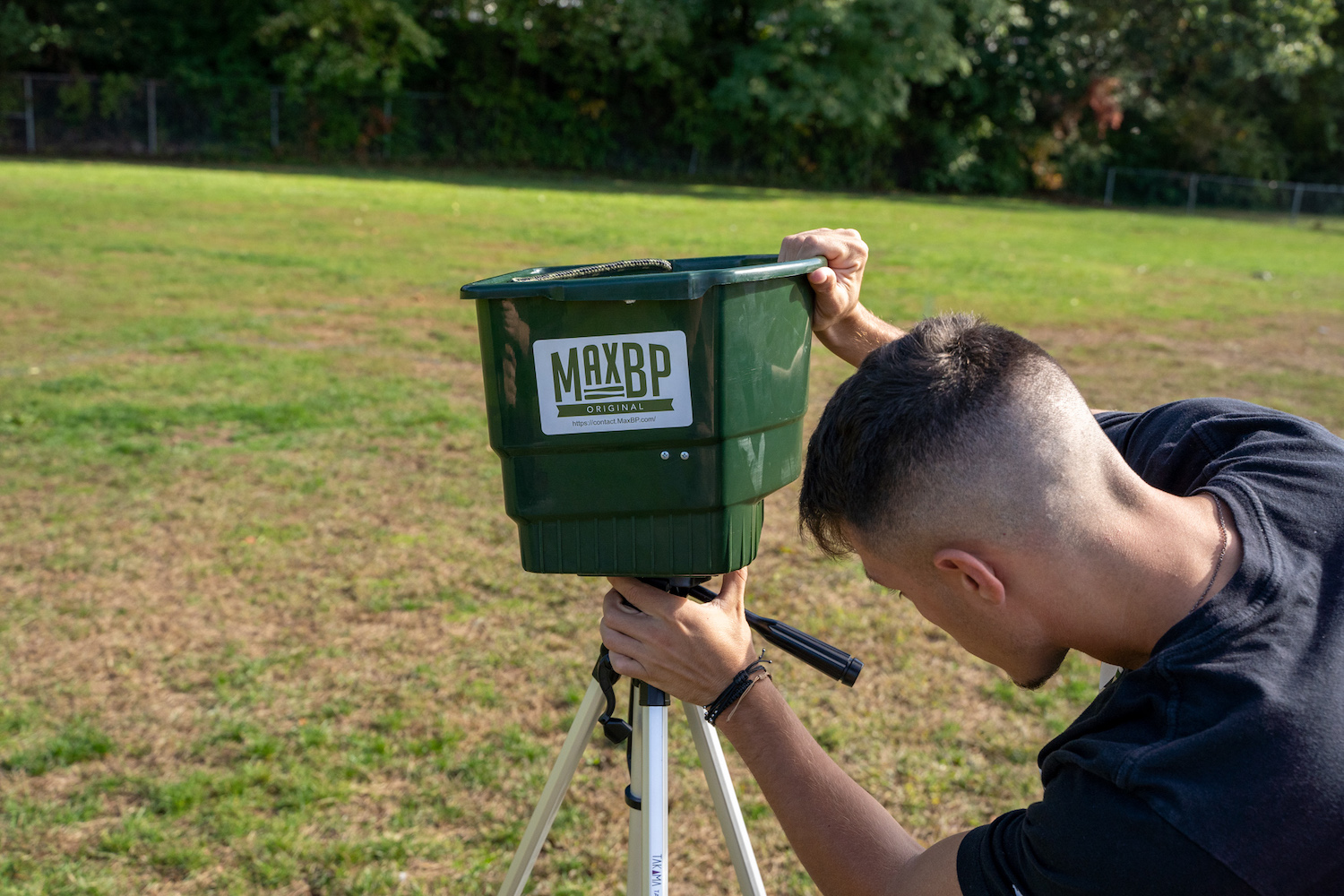Cart
Have you tried it yet?
|
|
Time to read 4 min

Rob Dibble was one of the Cincinnati Reds’ “Nasty Boys,” along with Norm Charlton and Randy Myers, a trio of relief aces who dominated the late innings and led the Reds to the World Series championship in 1990.
In Dibble’s case, however, the “nasty” moniker applied just as much to his demeanor as it did to his scorching fastball, which topped out at 101 mph. He was suspended several times for deliberately throwing at hitters and inciting bench-clearing brawls. He even got into a fight with his manager, Lou Piniella, in the clubhouse.
After one particularly rough outing, Dibble was so disgusted with his performance that he turned and heaved the baseball more than 400 feet into the center-field stands, hitting a female spectator. And that came after a game the Reds won.
“I admit that I lose my temper too easily,” Dibble said following a different incident. “But I’m not as crazy as I used to be.”
While Dibble often had a harder time controlling his emotions than his pitches, he’s not alone when it comes to players losing their cool in a demonstrative way. Baseball has a notoriously long history of players and managers with short fuses.
Former Yankees right fielder Paul O’Neill would take out his frustration on innocent water coolers in the dugout. Bo Jackson, one of the greatest athletes ever, snapped after grounding back to the pitcher – and then snapped his bat like a twig … over his helmet. Hall of Fame manager Billy Martin would fight just about anyone, even his own players. He once went after Reggie Jackson in the dugout.
Given how often players experience failure, nearly every baseball game becomes an exercise in anger management. From strikeouts and errors, to blown calls and mental mistakes, to dirty plays and poor performances, to brushback pitches and taunting, any negative event has the potential to trigger a negative response.
How players react to perceived injustices and misfortunes on the baseball field resembles how people react to similar circumstances off the field. If someone lies to us, if another driver rear-ends our car, or if our bank account is hacked, it’s hard to resist the temptation to vent.
The severity of the infraction will often dictate whether we either brush it off easily or release the kraken within. Perhaps no moment in MLB history illustrates the latter more than the pine-tar incident, when George Brett went ballistic after his go-ahead home run was overturned.
The trick is preventing a momentary loss of self-control that could lead to a lifetime of regret, shame, or embarrassment. MLB players have nowhere to hide; every move is caught on camera, and any display of combustible behavior has the potential to go viral on social media.
How can tempers be tempered before they rise to an unhealthy level, both on and off the field? Try focusing on the following:
There is nothing wrong with having an emotional response if it is expressed in a positive way. In today’s game, players exude passion more than ever before -- from pounding chests and screaming, to pumping fists and pointing at the sky.
Bat flips, however, have long been a source of polarizing emotions. An opposing team might consider an overly exuberant bat flip to be disrespectful and seek retribution – as Rougned Odor did to Jose Bautista.
The responsibility for payback often falls on the pitcher, who holds the baseball on every play and can use it as a ready weapon. Dibble welcomed the opportunity to exact revenge for any perceived offense, even someone dropping a squeeze bunt.
Unless the anger is channeled and used as motivation, the ends rarely justify the means – in baseball or any walk of life. As Dibble showed, being a “Nasty Boy” isn’t too flattering when it becomes your identity more than your nickname.
Cart
Have you tried it yet?
